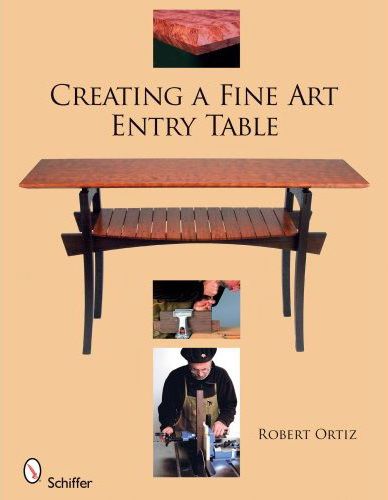
Furniture-maker Robert Ortiz moved away from convention with his 2008 book, "Creating a Fine Art Entry Table."
If you’ve ever leafed through a furniture building how-to book, you’ve probably noticed that the contents can be somewhat boring. It’s always the same recipe: detailed drawings, some nice beauty shots, perhaps a few “in-progress” photos, and dry text that reads like a VCR manual. While this methodology is certainly effective as an instructional tool, it is artistically barren. While I do want to read about mortise-and-tenon joints, wood species and finishing techniques, I also want to be moved to produce a thing of beauty.
Furniture-maker Robert Ortiz moved away from convention with his 2008 book, “Creating a Fine Art Entry Table,” offering readers a frank discussion on the evolution and construction of a single piece of furniture over the course of nearly 150 lushly illustrated pages.
Before you allow your jaw to drop at the thought of all that paper being used to describe the construction of a single, relatively simple piece of furniture, allow me to explain. The layout of the book, while not particularly elegant, is straightforward, clean and uncluttered. Ortiz uses more photographs — 238 in all — than text, and the writing he has chosen to include is clear and concise. The craftsman’s voice is pleasingly conversational. When Ortiz includes a photo of a repair made to a table leg earlier in the book, it’s as if he’s chatting with the reader:
“Since I had the base turned upside down for the previous photos, I thought I’d include a photo of the repair that we made to the leg with epoxy early on in the project. It took me a while to locate where the problem was, but with difficulty, I finally found it.”
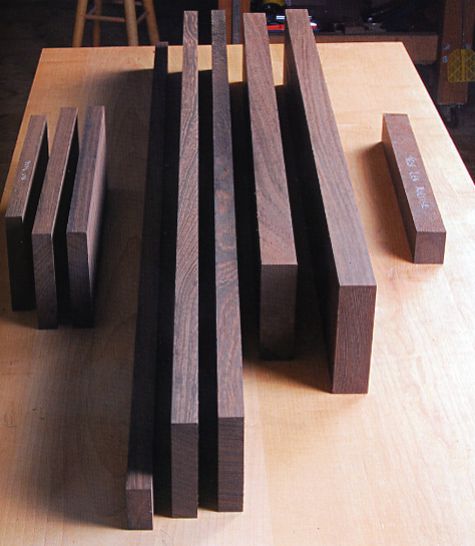 But don’t let that straightforward writing style fool you. The reverence with which Ortiz treats his raw lumber as it morphs into a piece of beautiful furniture bearing a signature Japanese style is evident throughout the volume. The book is just as instructional as it is thought-provoking. By the time I reached page 144, I found myself reconsidering my own furniture-making methods. Do I take enough time to consider each and every element of my pieces? Am I working slowly enough to appreciate that which I am creating?
But don’t let that straightforward writing style fool you. The reverence with which Ortiz treats his raw lumber as it morphs into a piece of beautiful furniture bearing a signature Japanese style is evident throughout the volume. The book is just as instructional as it is thought-provoking. By the time I reached page 144, I found myself reconsidering my own furniture-making methods. Do I take enough time to consider each and every element of my pieces? Am I working slowly enough to appreciate that which I am creating?
Milled base pieces ready to
be shaped.
My only complaint lay in one element of Ortiz’s design, and not in the book he has produced. The slats of this table’s shelf are attached using black square drive screws. The craftsman contends that these fasteners act as a “link to the wrought iron hardware seen on traditional Japanese furniture,” but I just can’t agree with him. To have all that beautiful wenge and bubinga be broken up by something more akin to a deck than a piece of fine furniture just seems wrong. Sigh, to each his own, I suppose.
In the end, “Creating a Fine Art Entry Table” brought me back 20 years, reminding me of the older gentleman who used to sit opposite my mother and I at church in New Hope, Pennsylvania. I’ve got a sneaking suspicion that old Mr. Nakashima would approve of the care Ortiz has employed to bring a bit of soul into his projects.
For more information:
Learn How to Build a Japanese Garden Bench
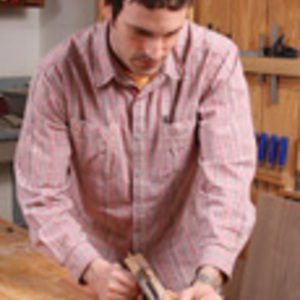






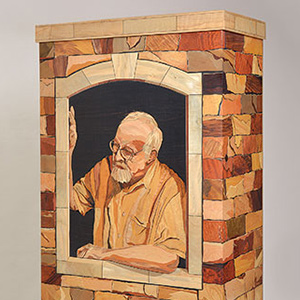
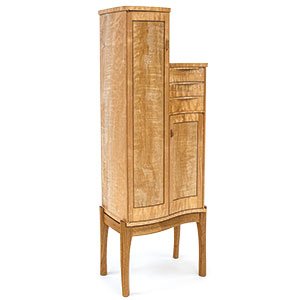
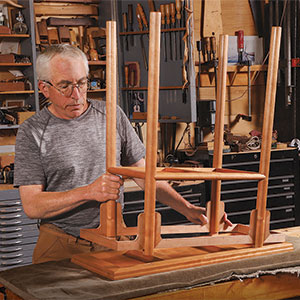
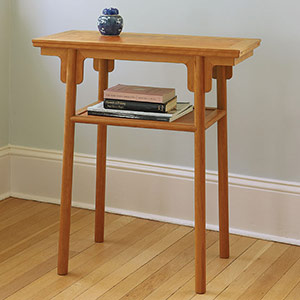












Comments
Count me in , that sounds like a very interesting book.
Hi Koonan: The most positive aspect of Ortiz's book lay in the fact that even if the style of this piece isn't to your taste, it moves you to create. All those photos of luscious bubinga and wenge being milled and shaped really gets the creative juices flowing.
Glad you enjoyed the review.
-Ed
there are not many things that bring more satisfaction than to concieve a project, sit down and design that idea and finally bring it full circle by building.
Log in or create an account to post a comment.
Sign up Log in